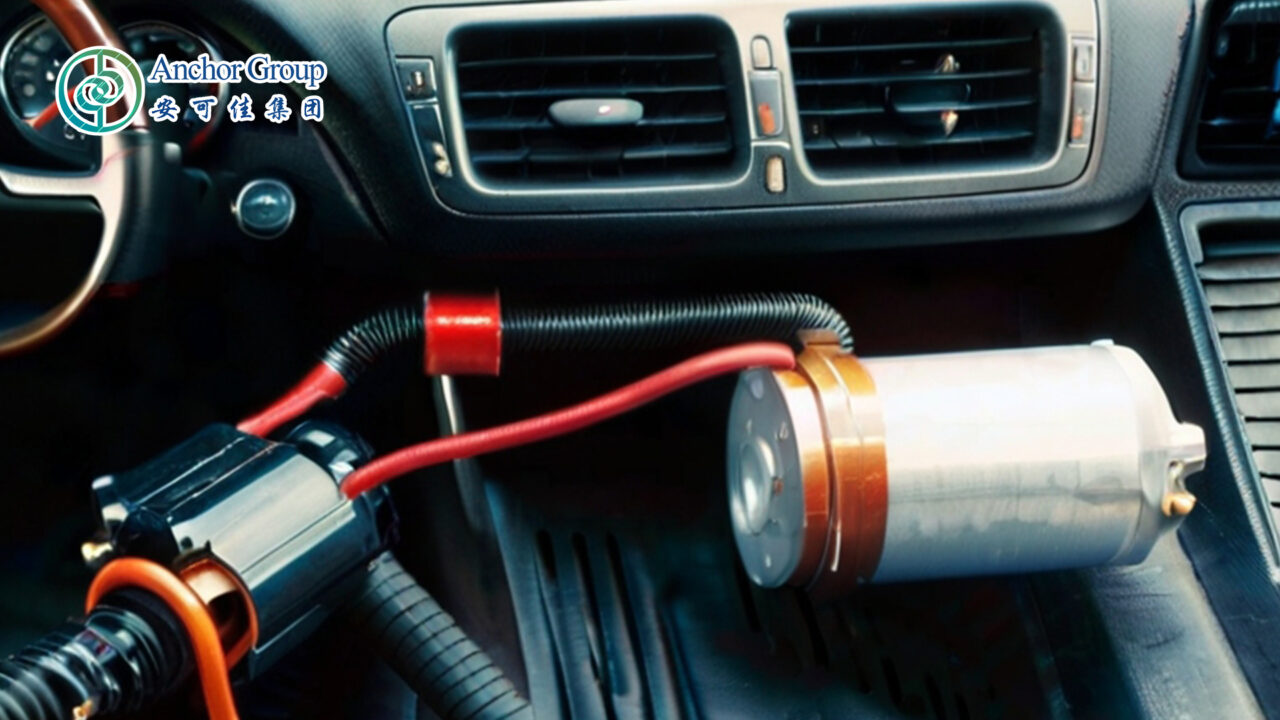
Car air conditioning (AC) systems are essential for comfortable driving, especially during hot summer months. However, over time, these systems may lose efficiency and require maintenance. One crucial aspect of AC maintenance is vacuum pumping, which removes air and moisture from the system to ensure optimal performance. In this guide, we’ll explore how to vacuum pump your car AC effectively.
Understanding Car AC Systems
Before diving into the vacuum pumping process, it’s essential to understand how car AC systems work. A typical car AC system consists of several components, including a compressor, condenser, evaporator, and expansion valve. These components work together to cool the air inside the vehicle cabin.
Signs that Your Car AC Needs Vacuum Pumping
Several indicators suggest that your car AC may need vacuum pumping. These signs include weak airflow, warm air blowing from the vents, and unusual noises when the AC is turned on. If you notice any of these symptoms, it’s crucial to address them promptly to prevent further damage to the system.
Tools and Equipment Needed for how to vacuum pump car ac
To vacuum pump your car AC, you’ll need specific tools and equipment, including a vacuum pump, manifold gauge set, and refrigerant recovery machine. These tools allow you to evacuate the system efficiently and ensure that it’s free of air and moisture.
Step-by-Step Guide how to vacuum pump car ac and how long to vacuum car ac system
- Preparation: Begin by parking your car in a well-ventilated area and engaging the parking brake. Ensure that the engine is turned off before starting the vacuum pumping process.
- Locating AC Components: Identify the AC compressor, condenser, evaporator, and other relevant components under the hood of your car.
- Connecting the Vacuum Pump: Attach the vacuum pump to the low-pressure port on the AC system using the manifold gauge set. Follow the manufacturer’s instructions for proper connection.
- Evacuating the System: Turn on the vacuum pump and let it run for about 30 minutes to evacuate the system fully. Monitor the pressure readings on the manifold gauge set to ensure proper evacuation.
- Checking for Leaks: After evacuating the system, close the valves on the manifold gauge set and turn off the vacuum pump. Use a leak detection tool to check for any leaks in the AC system.
- Recharging the System: If no leaks are detected, you can proceed to recharge the AC system with refrigerant using the refrigerant recovery machine. Follow the manufacturer’s instructions for proper recharging procedures.
Safety Precautions
When vacuum pumping your car AC, it’s essential to observe safety precautions to prevent accidents or injuries. Wear eye protection, ensure proper ventilation in the area, and avoid direct contact with refrigerant, as it can cause skin irritation or burns.
Benefits of Vacuum Pumping Car AC
Vacuum pumping your car AC offers several benefits, including improved cooling performance, extended lifespan of AC components, and prevention of contaminant buildup. By removing air and moisture from the system, vacuum pumping ensures that your car AC operates efficiently and effectively.
Conclusion
Maintaining your car AC system is essential for comfortable driving, especially during hot weather. Vacuum pumping helps remove air and moisture from the system, ensuring optimal performance and longevity. By following the steps outlined in this guide and observing safety precautions, you can vacuum pump your car AC effectively and enjoy cool, refreshing air on your travels.
FAQs
- How often should I vacuum pump my car AC? Vacuum pumping your car AC is recommended as part of regular maintenance, typically every 1-2 years.
- Can I vacuum pump my car AC myself, or should I hire a professional? While vacuum pumping can be done DIY, it’s essential to have the necessary tools and knowledge. If you’re unsure, it’s best to consult a professional mechanic.
- What type of refrigerant should I use to recharge my car AC after vacuum pumping? Refer to your vehicle’s owner’s manual or consult a professional mechanic to determine the appropriate refrigerant for your car AC system.
- What should I do if I detect a leak in my car AC system during vacuum pumping? If you detect a leak, it’s crucial to have it repaired by a professional mechanic to prevent further damage to the AC system.
- Can vacuum pumping my car AC improve fuel efficiency? While vacuum pumping alone may not directly improve fuel efficiency, it ensures that the AC system operates efficiently, which can indirectly contribute to better fuel economy.
